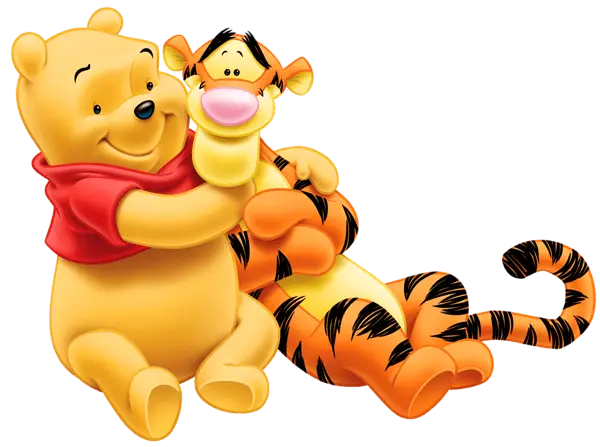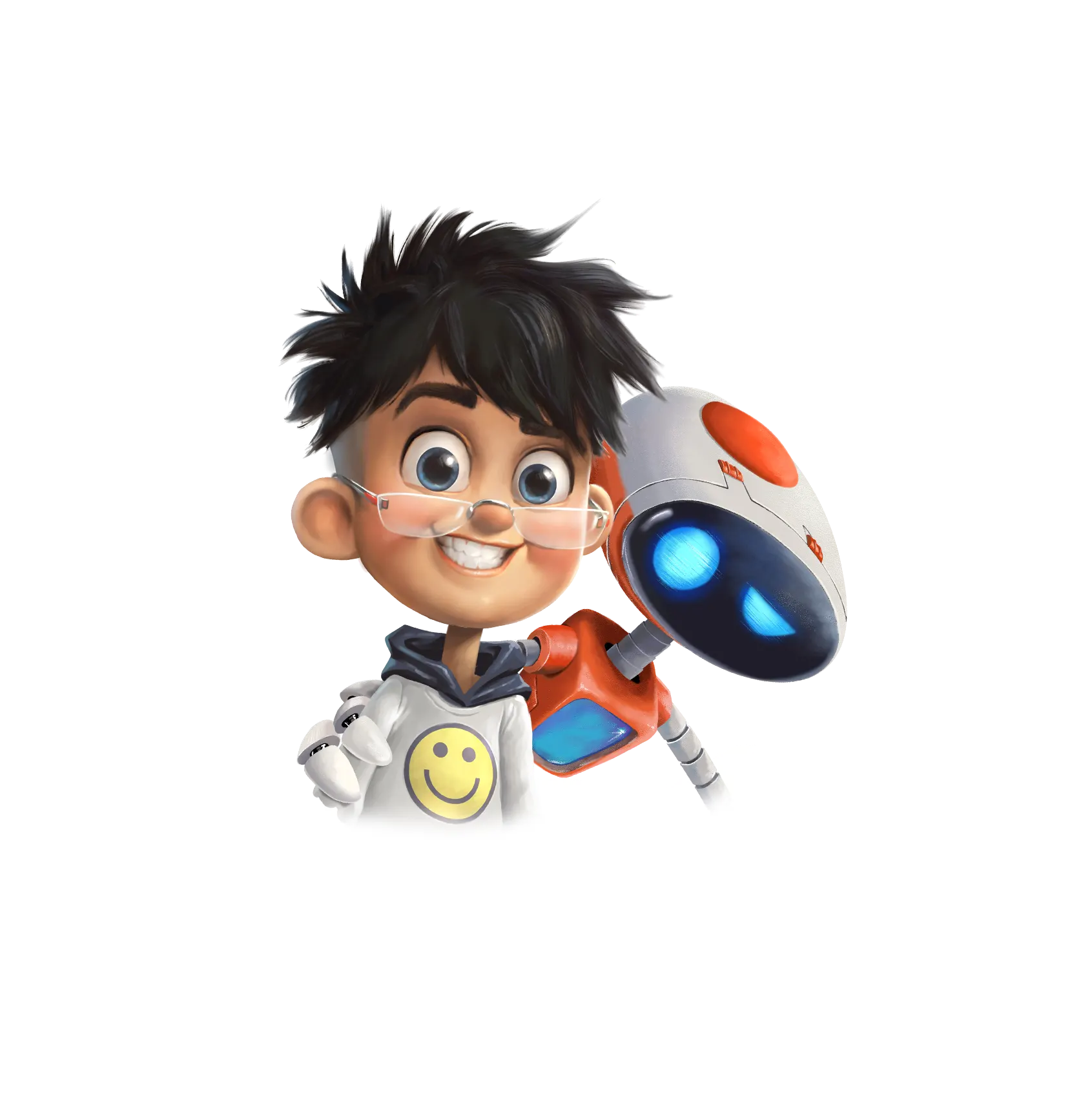It is really fun to create a unique creative animation with your own effort and voice-over. Great animation software is essential in this field even if you are a beginner or an expert in animation. The requirement for free animation software is generally among students who are looking to create a great career. Currently, numerous free software’s are available online to create animation quickly and easily. But for a professional and best quality output, it is necessary to contact a perfect animation company that meets your needs. The best part is that the available free software is equally effective as paid ones. The following list consists of the top three free 2D animation software currently available online. Now turn on your ideas, and make your creativity, these free software will help you to create great quality 2D animations.
Pencil 2D
Pencil 2D is free open-source software available on Mac OS, Linux, and Windows that helps to create 2D animation very effectively with the least effort. Pencil 2D offers a wide range of stunning features available on most of the paid software. Still, this software is packed with numerous important tools; the interface seems simple and immaculate. Pencil 2D also helps to export graphics along with Flash videos, movies, and many other formats. Determining the frame rate, image import and sound, and adding colors are some of the features offered by Pencil 2D software.

CreaToon
CreaToon helps to create 2D animations in cut-out fashion and enables us to add a wide range of special effects very easily. The interface of creation seems very simple and outdated but is capable of performing complex tasks resulting in remarkable outputs. It is really easy to access the main features since the menus are displayed on both sides of the working area. You can determine the frame rate along with height and width but the interface cannot be customized on creatoon.

Plastic Animation Paper
Plastic Animation Paper is the best 2D animation software for an expert animator. The uncomplicated and powerful tools in this software help to convert your creativity into animations and cartoons for free of cost. The main attraction of this software is to manage your swift sketching movements and as a result analysis of work as well as real time corrections can be done easily and quickly.

Make your creativity happen. If you are looking for free 2D animation software please try these softwares to create good-quality animation outputs. But for a professional animation, it’s better to contact one of the best animation companies in India. Prayan Animation has been the leading 2D and 3D animation company in India for the past few years serving the best quality outputs at an affordable rate. Contact Prayan Animation now for more.


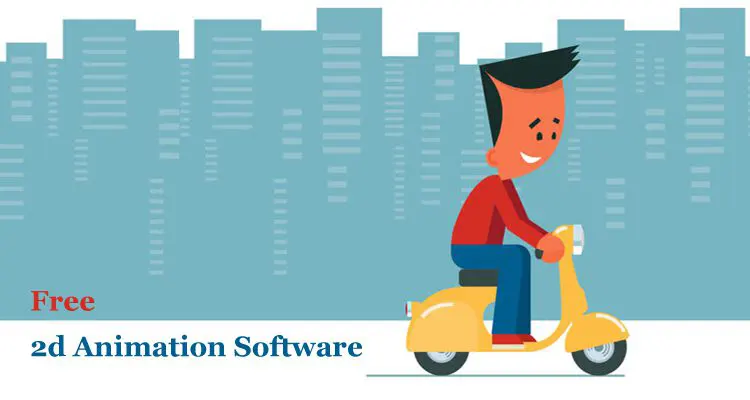
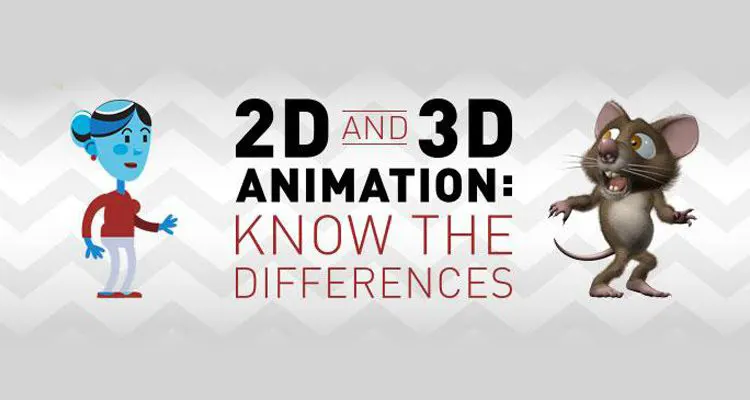
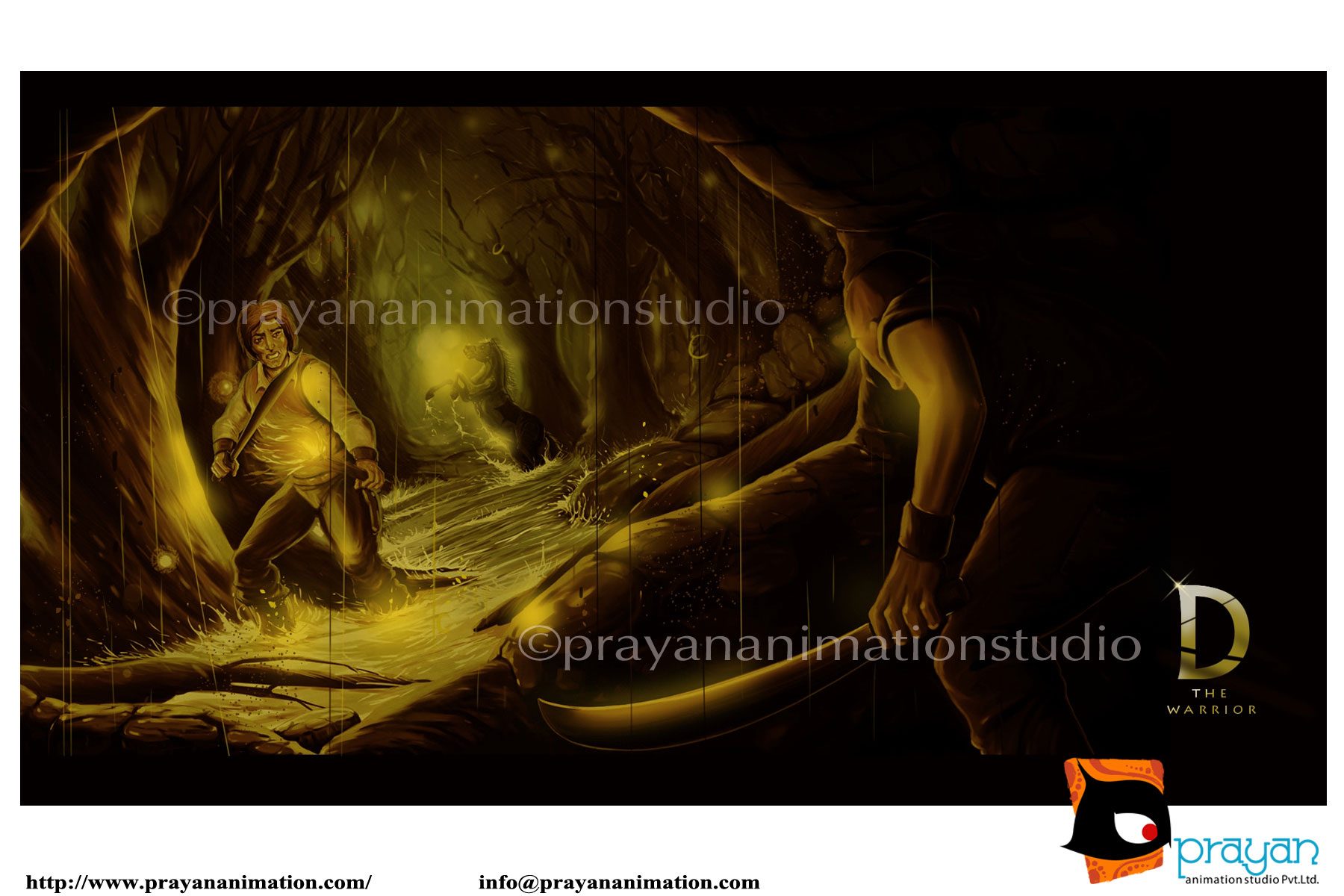


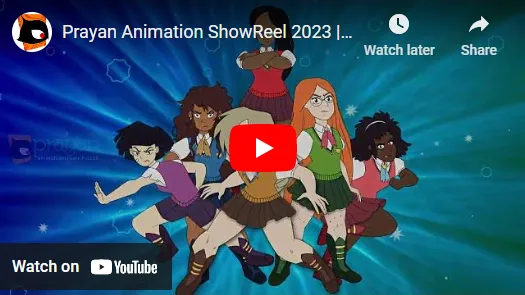
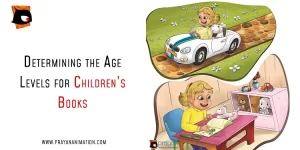
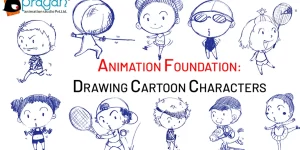
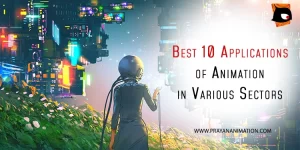

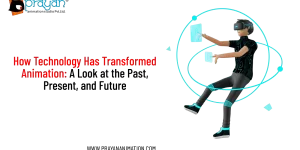
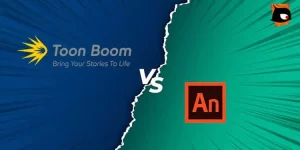
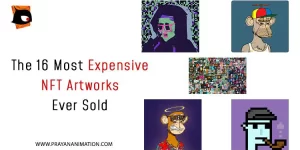

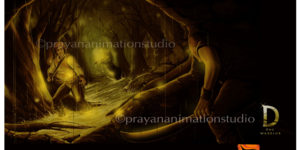
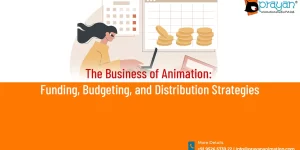
 We can help you.
We can help you. 

